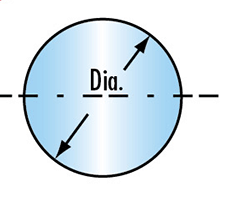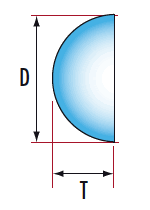Standard Cap Liner Adjustment:
To ensure a secure and comfortable fit, start by adjusting the head-surrifier. This component pulls the cap hoop away from the cap and holds the five fastening straps in place. Hold the straps with your hands and adjust the head circumference so that the helmet sits at a 30-degree angle from the vertical. For maximum safety and comfort, it is recommended to set the angle between 20 and 30 degrees. Repeat this process until the helmet fits snugly against your head. The height of the helmet can be fine-tuned by adjusting the depth of the guide belt. Additionally, you can modify the depth of the leader band by sliding the two tension straps through the back holes of the neck area.
Ratchet Bracket Adjustment:
Ratchet brackets typically come in three sizes: S, M, and L. Proper adjustment depends on the shape of the user’s head. To adjust the height, simply change the depth of the leader band. This can be done by sliding the quick tension straps through the holes located at the back of the connector. Make sure the bracket is securely fastened and provides even pressure around the head for optimal stability.
Chin Rest Adjustment:
Before adjusting the chin rest, make sure to lock the automatic buckle first. Use the adjustable side clips on the lower chin rest support to position the chin strap correctly. Once in place, tighten the chin rest, but avoid over-tightening to prevent discomfort. If needed, slide the chin strap so that the chin rest is centered. You can also adjust the tightness of the back by moving the straps on either side. To test if the helmet is properly adjusted, loosen the chin strap and tilt your head forward—your helmet should stay in place without falling off. Also, ensure that the face mask does not touch your nose.
Face Shield Adjustment:
The face shield offers protection against heat, impacts, sharp objects, and flying debris. Adjust the position manually by pulling up or down on the shield. The resistance of the face shield movement can be controlled by rotating the knob on the left side of the helmet. A positive or negative rotation will increase or decrease the resistance, allowing for a customized feel. This feature ensures both ease of use and secure positioning during use.
Safety Goggle Adjustment:
Safety goggles (depending on the model) provide additional eye protection against impacts and flying particles. Adjust the fit using the lever located on the right side of the helmet. This allows for fine-tuning the position and tightness of the goggles to suit individual preferences and ensure maximum comfort throughout extended use.
This article is a reprint from online media. It reflects the author's personal opinion and is not necessarily endorsed by this site. If any content infringes upon your legal rights, please contact us, and we will address it promptly.
N-BK7 Ball Lenses are glass spheres commonly used in fiber optic applications, ball lenses are ideal for focusing light into optical fibers, or for fiber coupling. Fused Silica features high transmission from 200nm to 2.2μm with a low coefficient of thermal expansion, making it ideal for the most demanding ball lens applications in the ultraviolet, visible, and near infrared spectra.Â
Ball lenses are commonly used for improving signal coupling between fibers, emitters, and detectors, as well as objective lenses in endoscopy and bar-code scanning applications. Half-ball lenses simplify handling and integration.
 Â Â Â Â Â Â Â Â Â
         
      Ball Lens                     Half-Ball Lens
Â
Specification of our ball lens:
*Material:BK7 or other optical glasses,optical crystal materials
*Diameter:1mm - 40mm Â
*Dimension Tolerance:+/-0.005mm Â
*Surface Quality:40-20Â Â
*Sphericity:0.005mm
*Coating:optional
Schott Bk7 Ball Lens,Bk7 Ball Lenses,Schott N-Bk7 Glass Ball Lens,Schott Bk7 Half Ball Lens
China Star Optics Technology Co.,Ltd. , https://www.csoptlens.com